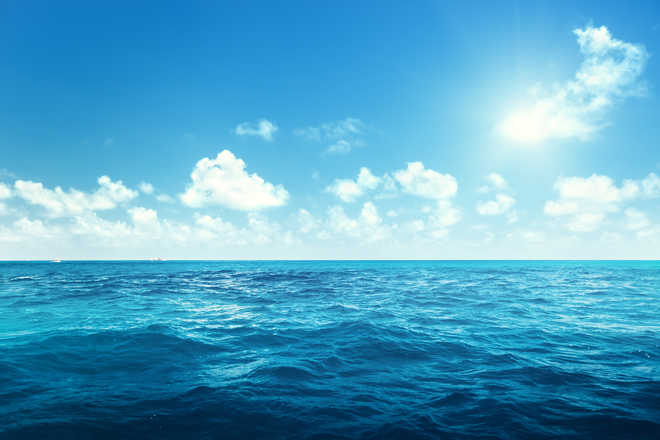
Photo Source: Thinkstock
New York
There is bad news for marine life as a new study has found that loss of oxygen in oceans due to climate change that is already discernible in some parts of the world should be evident across large regions of the oceans between 2030 and 2040.
Large-scale ocean deoxygenation could leave fish, crabs, squid, sea stars, and other marine life struggling to breathe.
"Loss of oxygen in the ocean is one of the serious side effects of a warming atmosphere, and a major threat to marine life," said lead author of the study Matthew Long from US National Centre for Atmospheric Research (NCAR).
"Since oxygen concentrations in the ocean naturally vary depending on variations in winds and temperature at the surface, it's been challenging to attribute any deoxygenation to climate change. This new study tells us when we can expect the impact from climate change to overwhelm the natural variability," Long pointed out.
The study was published in the journal Global Biogeochemical Cycles.
The entire ocean — from the depths to the shallows — gets its oxygen supply from the surface, either directly from the atmosphere or from phytoplankton, which release oxygen into the water through photosynthesis.
Warming surface waters, however, absorb less oxygen. And in a double whammy, the oxygen that is absorbed has a more difficult time travelling deeper into the ocean. That's because as water heats up, it expands, becoming lighter than the water below it and less likely to sink.
To investigate the impact of climate change on deoxygenation, the research team relied on the NCAR-based Community Earth System Model.
The scientists used output from a project that ran the model more than two dozen times for the years 1920 to 2100 on the Yellowstone supercomputer, which is operated by NCAR.
Using the simulations to study dissolved oxygen gave the researchers guidance on how much concentrations may have varied naturally in the past.
With this information, they could determine when ocean deoxygenation due to climate change is likely to become more severe than at any point in the modeled historic range.
The research team found that deoxygenation caused by climate change could already be detected in the southern Indian Ocean and parts of the eastern tropical Pacific and Atlantic basins.
They also determined that more widespread detection of deoxygenation caused by climate change would be possible between 2030 and 2040. — IANS



























